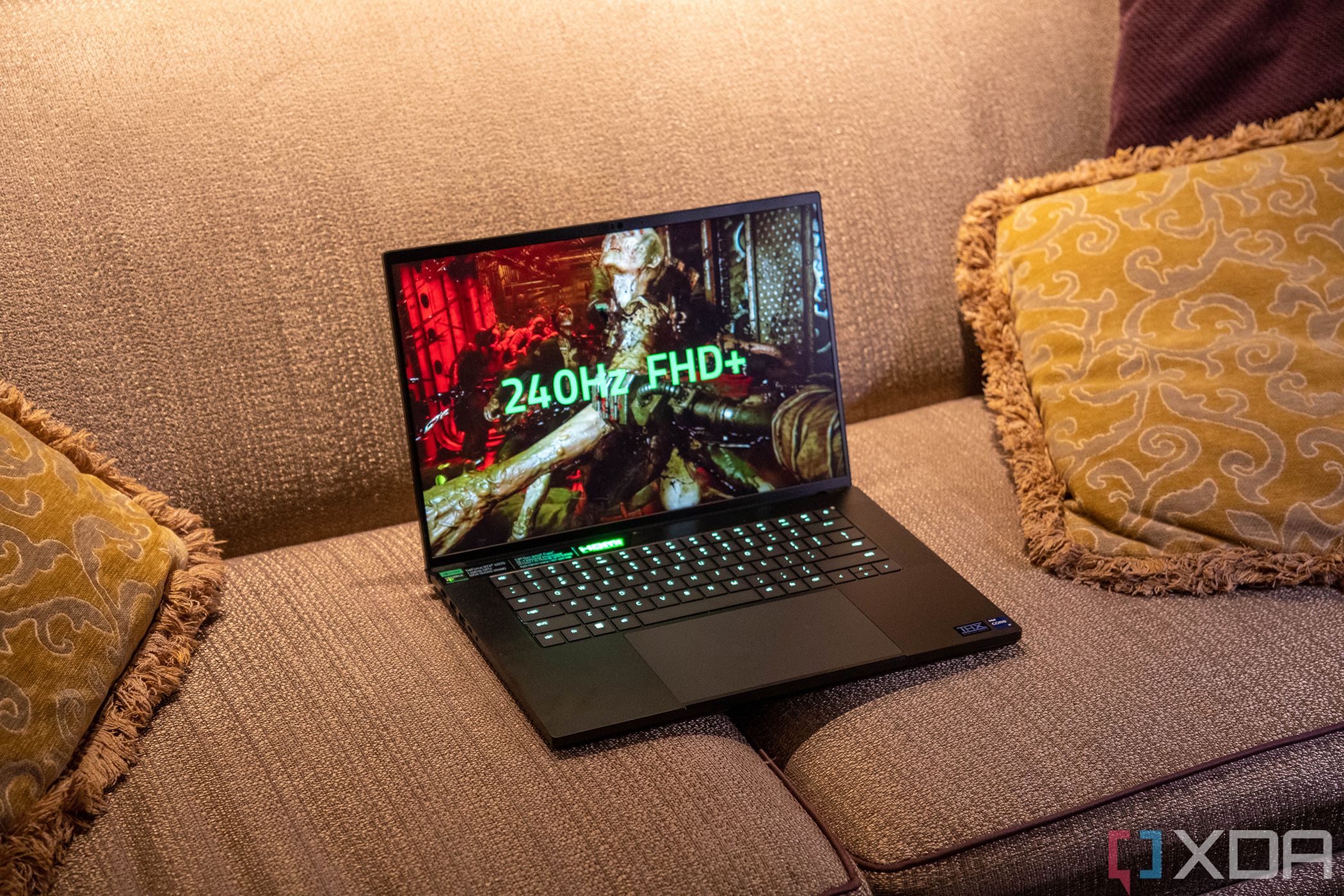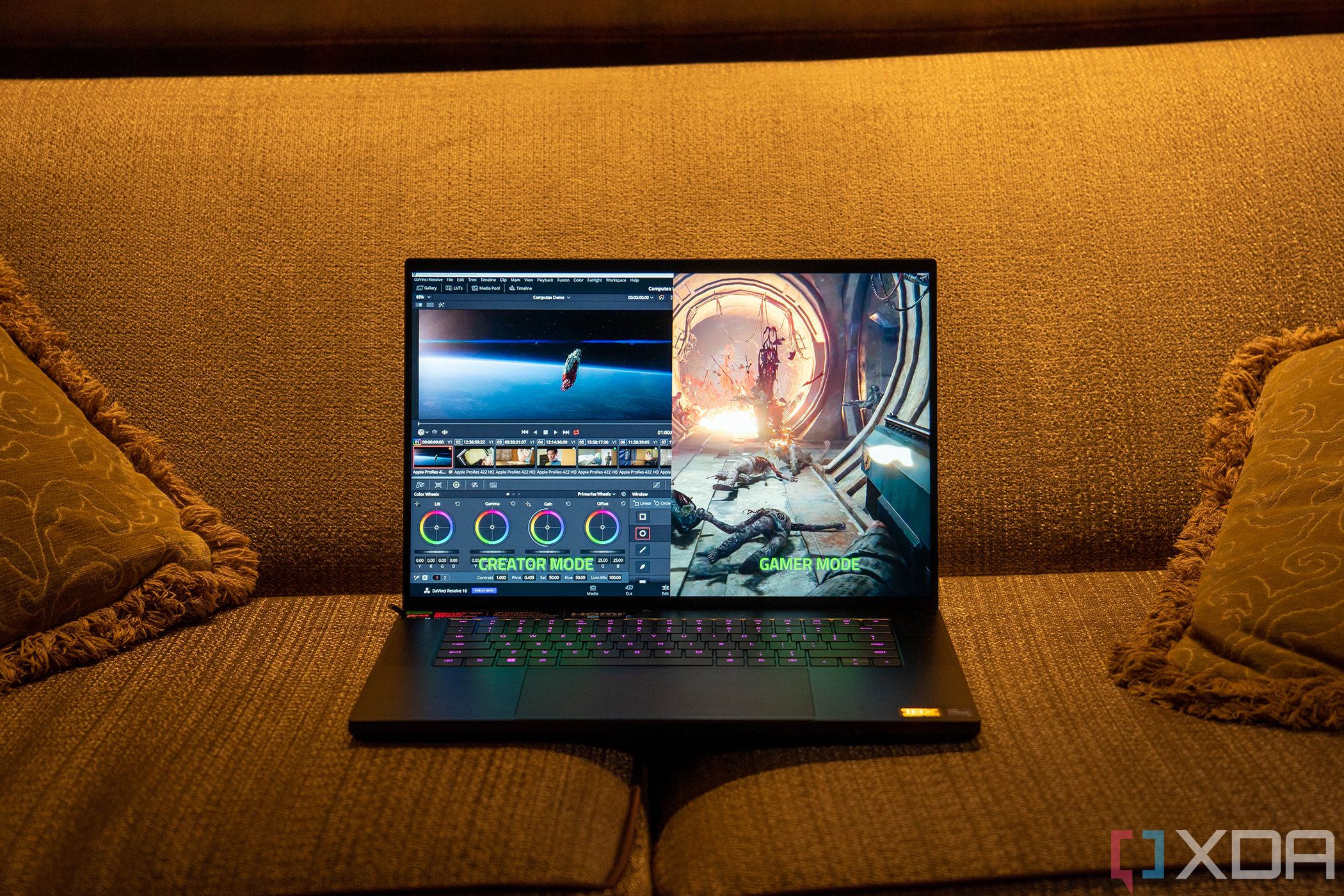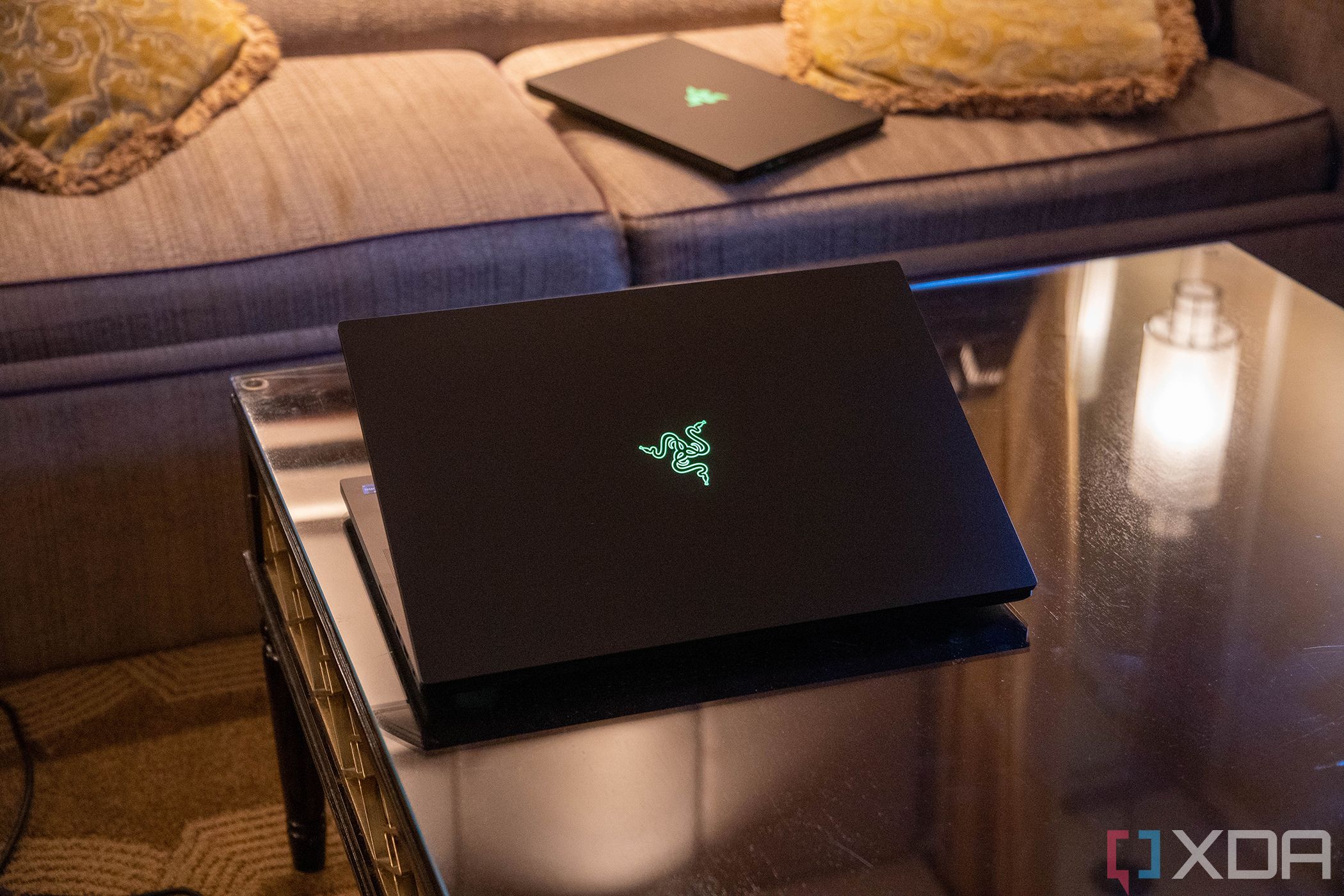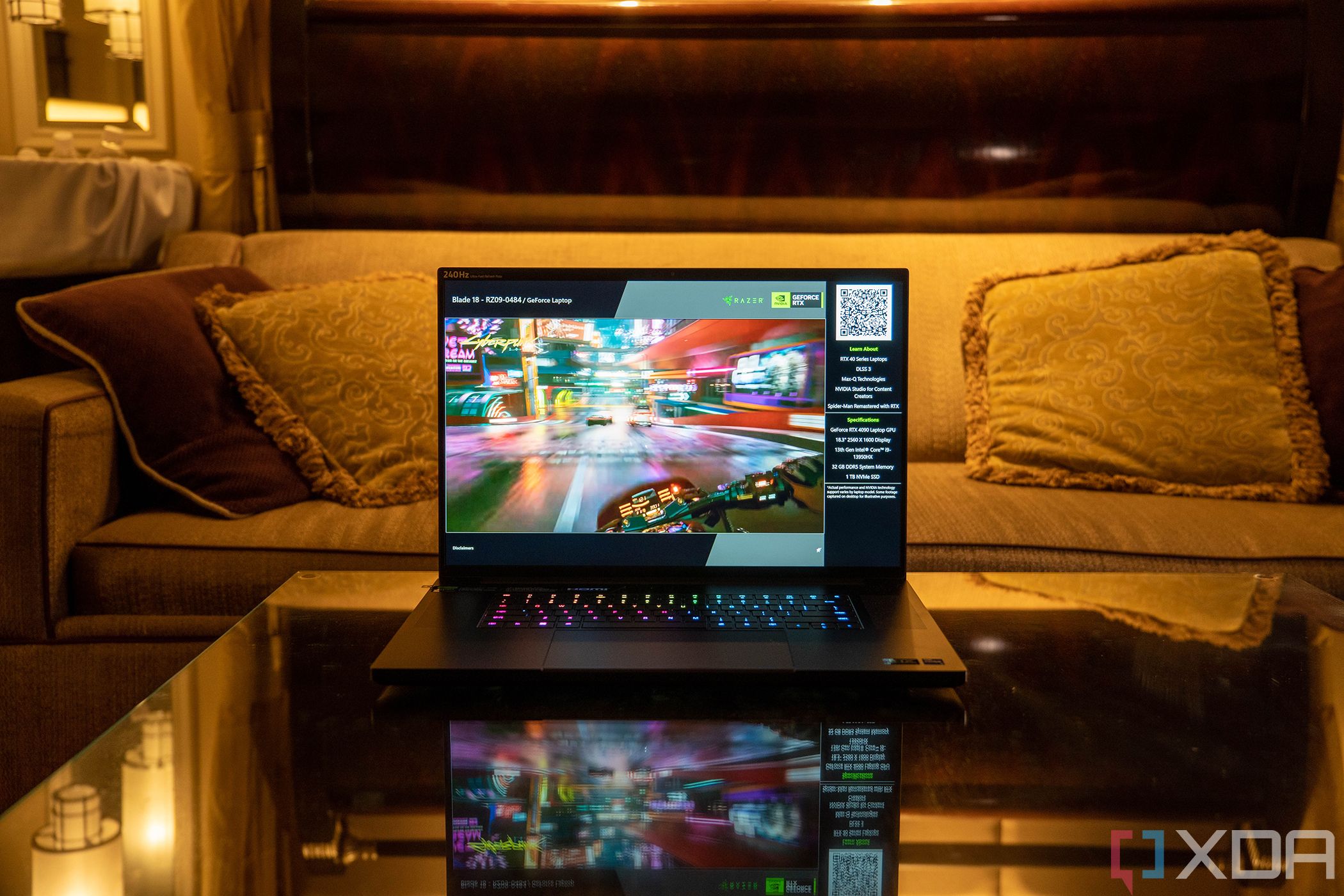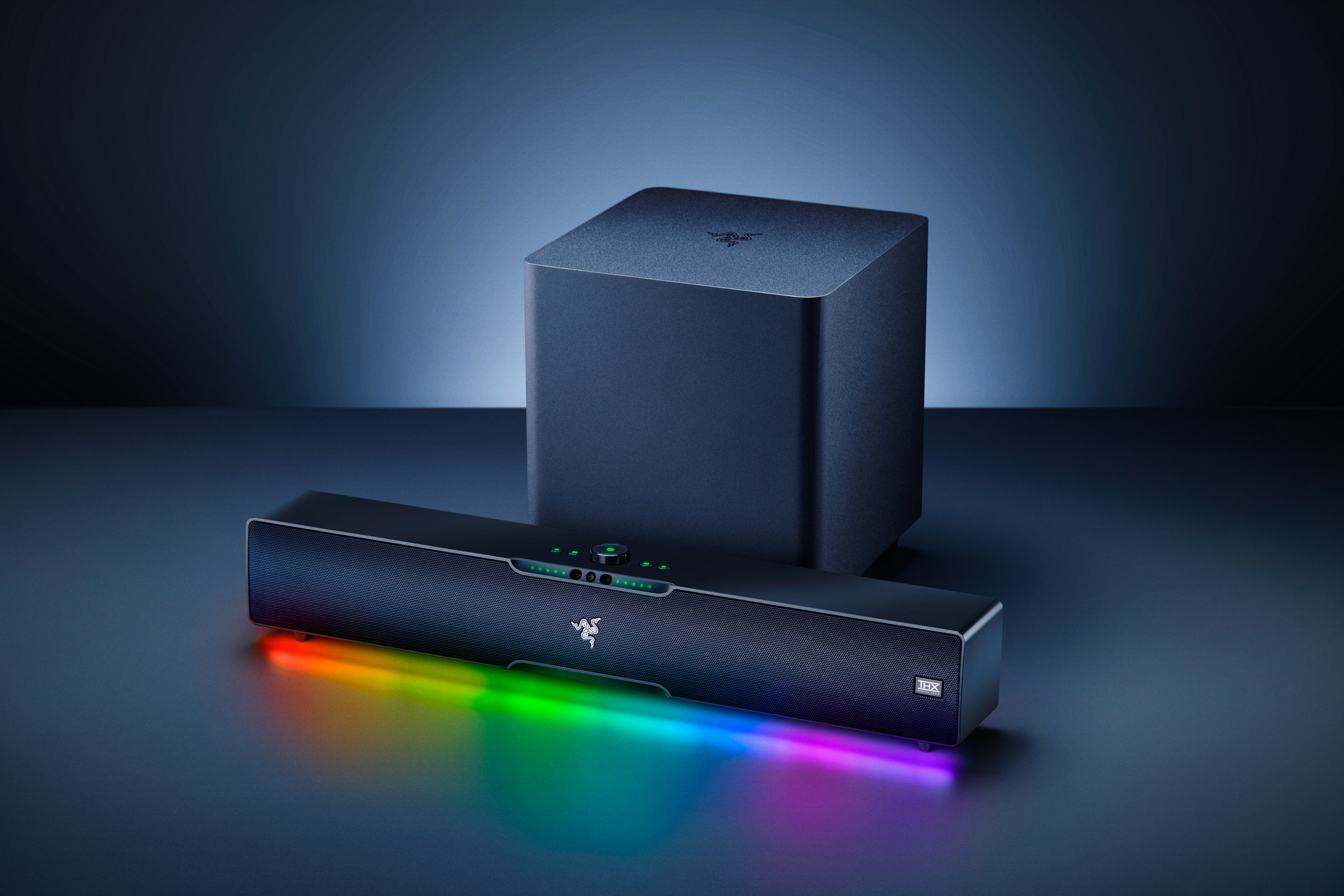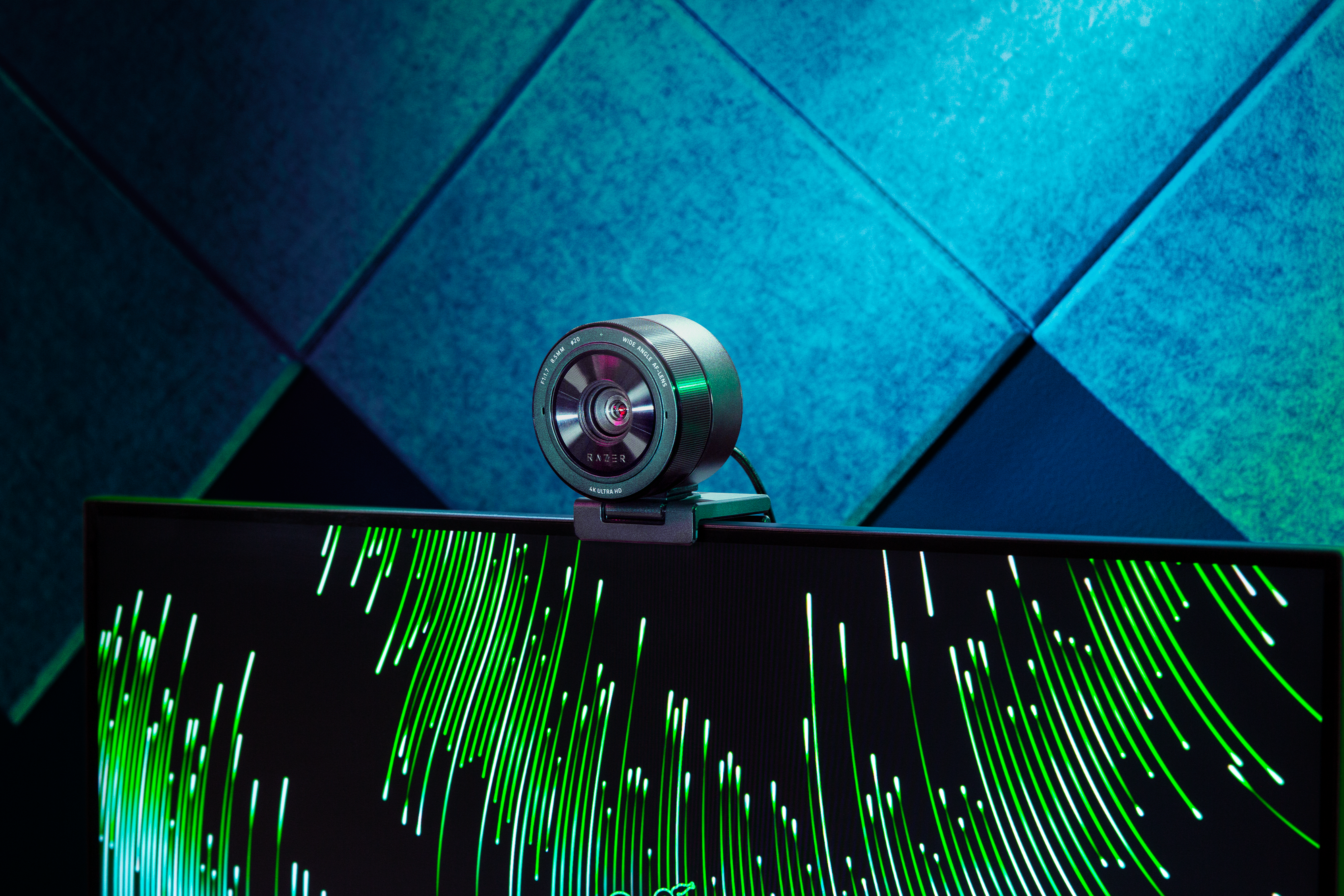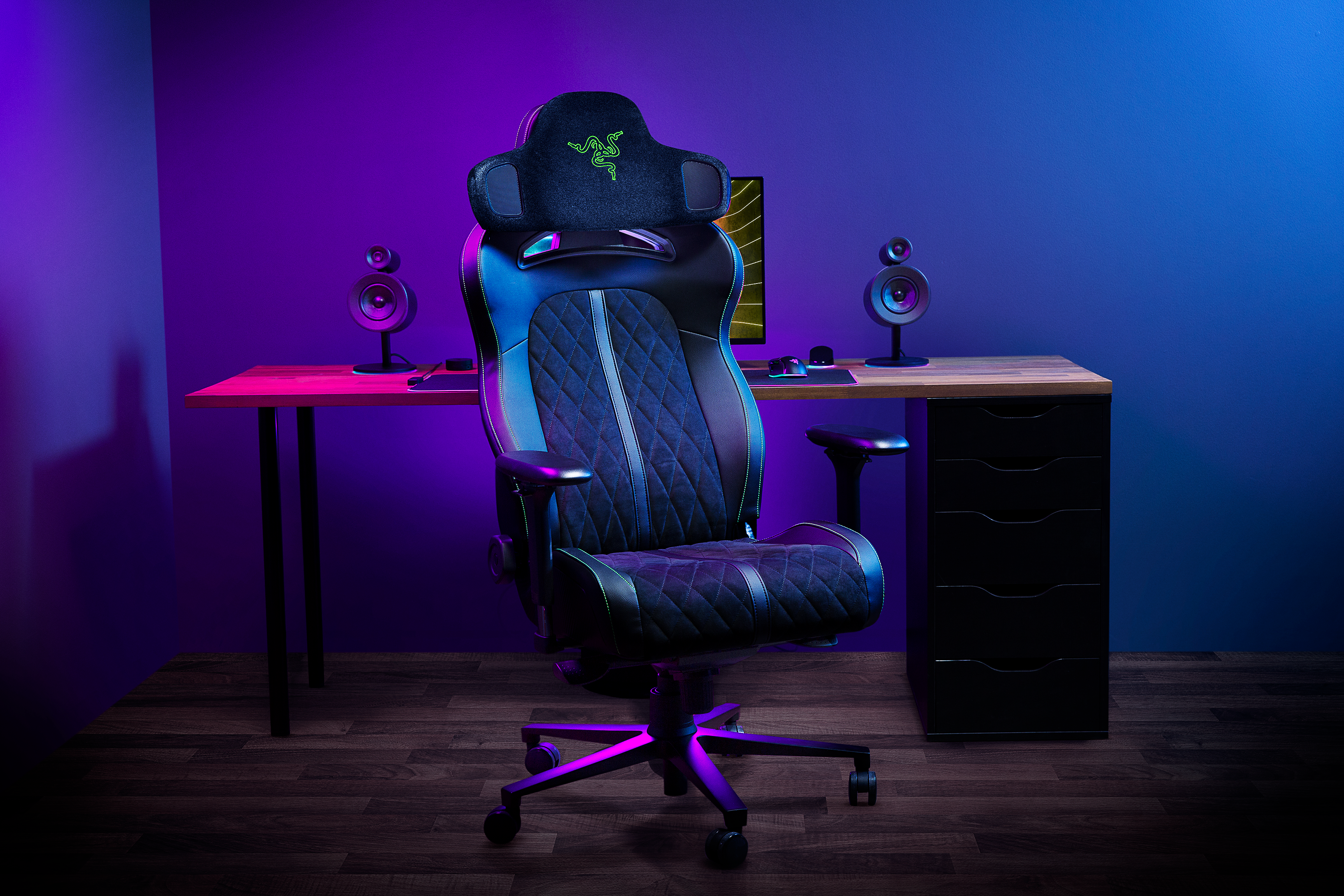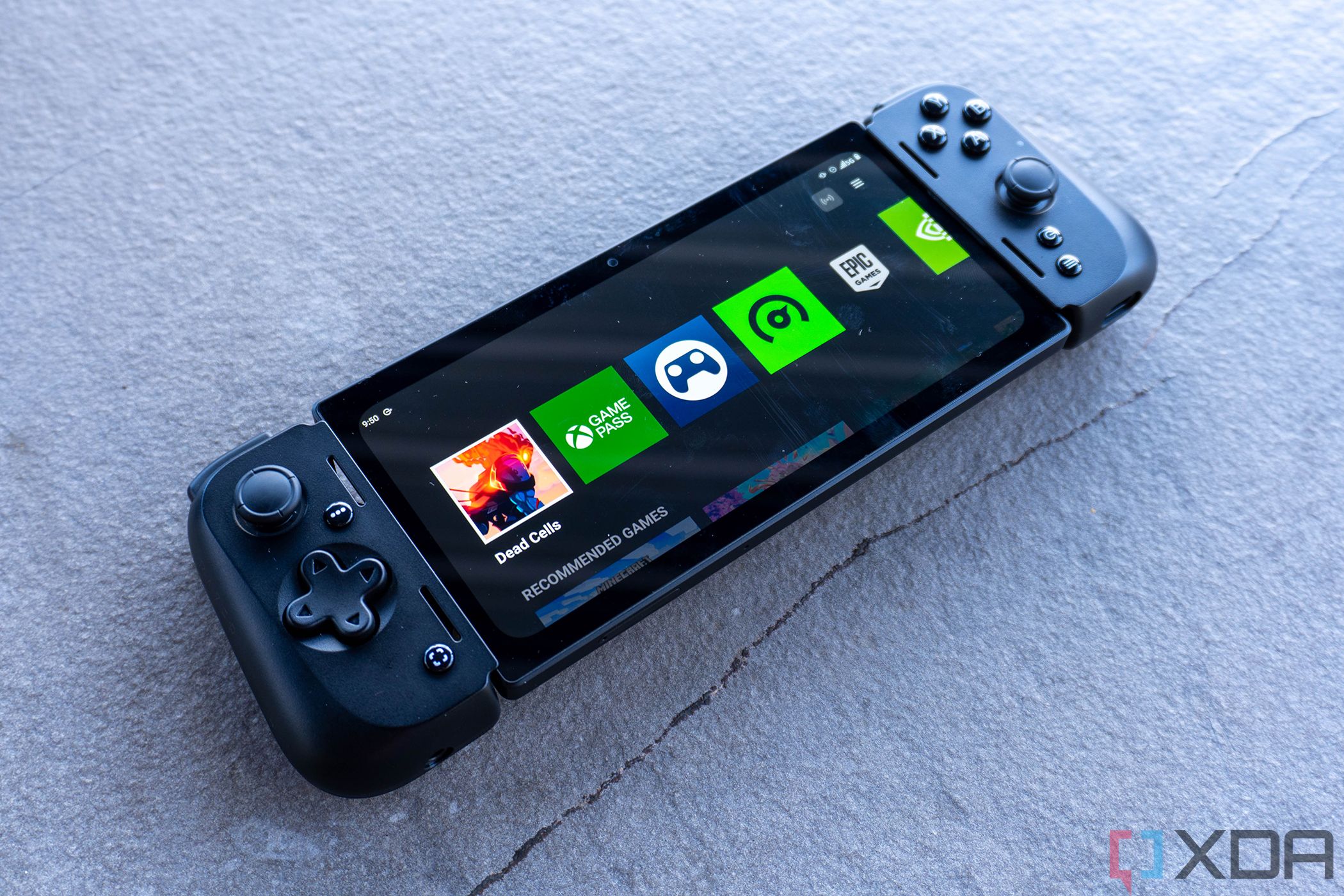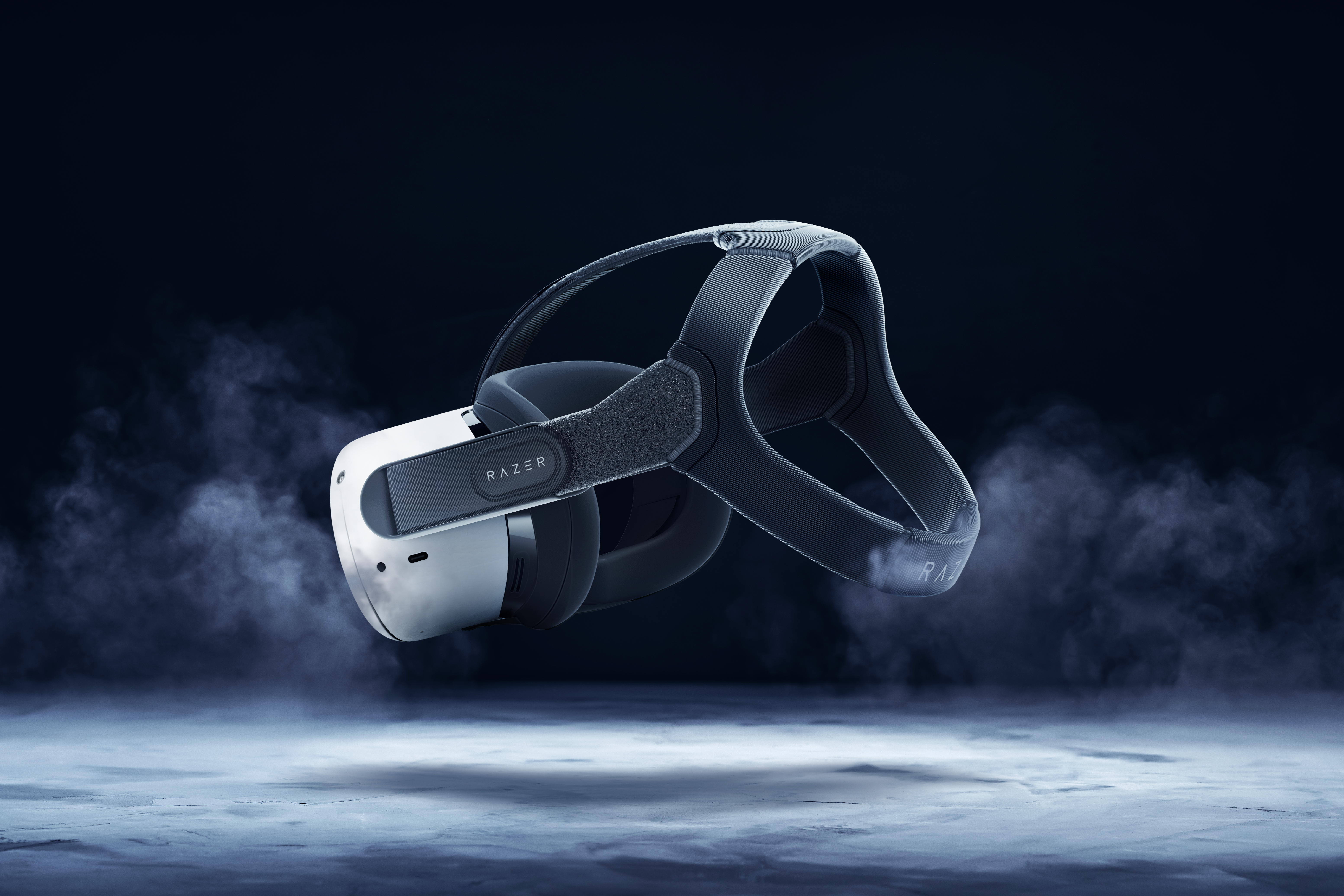Following a short teaser earlier this week, Razer is taking the wraps off the Blade 16 and Blade 18 laptops today, two completely new additions to the Blade lineup. These build on the popular Blade 15 and Blade 17 models of years past, but with taller displays, smaller bezels, and significantly more performance.
On top of that, Razer is also introducing new peripherals, including a top-tier 4K webcam, a soundbar, and VR accessories.
The Razer Blade 16 has a dual-mode mini-LED display
Starting with the Blade 16, Razer claims this laptop offers more graphics power density than any other 16-inch laptop on the market. Specifically, Razer says you can get 35% more graphics power per cubic inch than on any competing laptop. Indeed, the Razer Blade 16 is available with up to an Nvidia GeForce RTX 4090 laptop GPU, which can use up to a whopping 175W of power. That's paired with an Intel Core i9-13950HX processor with 24 cores and 32 threads, regardless of the configuration, and that all fits in a chassis that's just under 22mm thick. You can also get it with up to 32GB of RAM and a 2TB SSD.
What makes the Blade 16 even more unique is the display. On the higher-end configurations, you can get a dual-mode mini-LED display, which means the screen can actually shift between two different resolutions and refresh rates to fit different use cases. In this case, you can either use it in Ultra HD mode at 120Hz for content creation or productivity, or in Full HD 240Hz mode for gaming. Dual-mode displays aren't entirely new, but Razer is also the first to use one with a Mini LED panel, which means it has individual dimming zones with brightness up to 1000 nits. It supports DisplayHDR 1000, and it covers 100% of DCI-P3.
Like previous Razer Blade models, it includes a 1080p webcam with Windows Hello facial recognition, and it has plenty of ports, including Thunderbolt 4 support. You also get a quad-speaker array with two smart amplifiers for a great media experience. The laptop is powered by a large 92.5Whr battery, which is nearing the limit of what you can get on a laptop.
All of this comes with a price tag starting at $2,699.99, but note that this price tag doesn't include the dual-mode display. The base models include a Quad HD+ IPS panel and RTX 4060 graphics.
The Blade 18 is Razer's most powerful laptop ever
If you need even more power, or a bigger screen, the Razer Blade 18 is the other big addition this year. While Razer claims this is its most powerful laptop ever, the specs are actually somewhat similar to the Blade 16. It has an Intel Core i9-13950HX processor in most configurations, though the top-tier configuration goes even further with a Core i9-13980HX, which can boost even higher. It's also available with up to an Nvidia GeForce RTX 4090, which also uses up to 175W of power. However, the larger size means there's a bit more room to keep things running cool with the vapor chamber cooling system, which should mean you can enjoy higher performance for longer during more demanding workloads.
The Blade 18 follows an ongoing trend this year and includes an 18-inch laptop with a 16:10 aspect ratio. This is an IPS panel with Quad HD resolution and a 240Hz refresh rate, and it can hit up to 500 nits of brightness along with covering 100% of DCI-P3. To round out the media experience, there's also a set of six speakers with three smart amplifiers and support for THX spatial audio. The Blade 18 is also the first Razer laptop to include a 5MP webcam, and of course, it supports WIndows Hello facial recognition, too.
The Razer Blade 18 will start at $2,899.99, which includes an RTX 4060 GPU, 16GB of RAM, and a 1TB SSD. Everything else is standardized across the different configurations.
Razer Leviathan V2 Pro
Along with its new PCs, Razer also announced a couple of peripherals today, starting with the Razer Leviathan V2 Pro soundbar. This builds on the existing Leviathan V2 with one major new addition: Beamforming audio with head tracking.
Indeed, the Leviathan V2 Pro includes sensors that can track your position relative to the speakers and tailor the audio so that you get the best experience even as you move around the room. There are two main 3D audio modes — one is called THX Spatial Audio Virtual Headset, which simulates the experience of wearing a headset thanks to the beamforming technology; the other is called THX SPatial Audio Virtual Speakers, which recreates a full speaker setup with multi-channel audio for "room-filling" sound. The soundbar also includes a separate subwoofer to deliver the low-end notes.
The Razer Leviathan V2 Pro is designed to be used under a monitor, and it's not exactly meant to be a living room soundbar. It's fairly compact, so it can easily slide under your monitor without adding a ton of clutter. Of course, it wouldn't be a Razer product without RGB, and the Leviathan V2 Pro supports 30 lighting zones.
You can buy the Leviathan V2 Pro starting next month, and it will cost $399.99.
Razer Kiyo Pro Ultra
Razer is also upgrading its flagship webcam, the Razer Kiyo Pro, with an even better model, packing some very impressive specs. The company touts "DSLR-like" quality, and with a large 1/1.2" Sony STARVIS 2 sensor, it's off to a great start. That's the largest sensor you'll find on a webcam, along with a 2.9µm pixel size, and the lens has a very wide f/1.7 aperture, too. Those specs should make it one of the best webcams on the market.
Of course, the sensor also supports 4K 30fps video, and Razer claims that it's using a unique processor that converts that video into uncompressed 4K 24fps footage, though it also supports 1440p at 30fps and 1080p at 60fps. According to Razer, most webcams that support 4K video compress have to compress their video, and the Kiyo Pro Ultra doesn't do that. 4K 30fps video is even supported in HDR, so you should still look clear in more challenging lighting conditions.
The camera also supports AI-powered face tracking and auto-focus so you always stay in the frame and clearly visible. It also achieves a naturally bokeh effect, thanks to the wide aperture of the lens.
The Razer Kiyo Pro Ultra is available today starting at $299.99.
Project Carol concept design
While it's not a product you can buy, Razer also announced Project Carol at this year's CES. This is a concept design for a gaming chair headrest with haptic feedback and audio built-in. The goal is to deliver an immersive audio experience, with 7.1 surround sound coming from right near the user, with the added immersion of haptic feedback powered by Razer's HyperSense technology.
Project Carol is designed to fit just about any gaming chair, and it connects via a custom 2.4GHz wireless connection to a computer. It's battery powered, and it can last up to 8 hours on a charge.
Whether it will become a real product or not is up in the air. Razer tends to always have some interesting concepts at CES, some of which materialize, while other don't. We'll have to wait and see if the company turns this into a real product.
Razer Edge launches on January 26th
While it's not a new product, Razer did reveal the launch date for the Razer Edge gaming platform. This is a mobile device akin to a smartphone with Razer's Kishi controller attached. It's powered by the Qualcomm Snapdragon G3x Gen 1 Gaming Platform, and it features a 6.8-inch AMOLED display with Full HD+ (2400 x 1080) resolution and a 144Hz refresh rate.
The Razer Edge will be available from January 26th in Wi-Fi and 5G versions. The Wi-Fi model will be available directly from Razer for $399.99, while the 5G version will cost $599.99 and only be available through Verizon.
Meta Quest 2 accessories
Finally, Razer introduced a couple of new premium accessories, designed in collaboration with RedMed, for the Meta Quest 2. These aren't exactly extras, but rather, premium replacements for some of the parts that the Meta Quest 2 includes, so if you want a more comfortable experience, these are for you.
The first is the Razer Adjustable Head Strap, which is made from nylon and designed to optimize weight distribution, so the headset feels more balanced as you move around. It features adjustable straps so it can easily fit anyone's head.
The other accessory is the Razer Facial Interface, which is the part of the headset that presses directly against your face when you're using it.It uses "ultra-thin textured and profile membranes" and hypoallergenic materials to reduce skin irritation from wearing the headset. The facial interface also helps block light still providing ventilation for a more immersive and comfortable experience.
These accessories will be available in the first quarter of the year, each costing $69.99.

